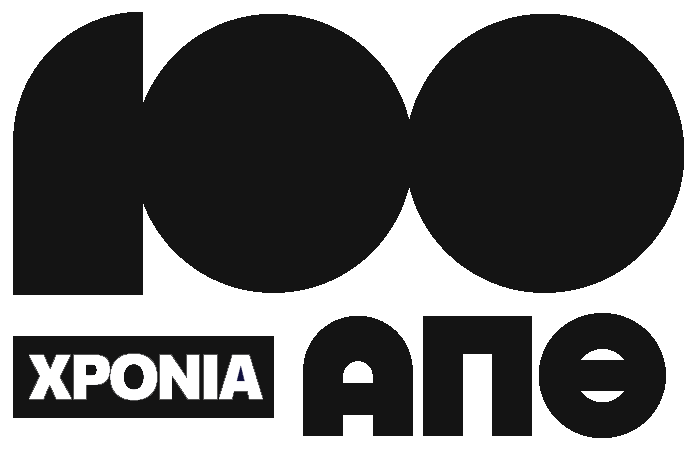– Two-terminal resistors. v-i characteristics. From linear to nonlinear resistor. Diode. Tunnel diode. Bilateral elements. Connections of nonlinear elements i) in series ii) in parallel ii) mixed connection. Binaryity. Zener diode circuits. Exercises.
– The piecewise linear techniques. Concave and convex resistors. Characteristics. Exercises. Neon lamps. Resistors controlled by current and voltage. Operating points in DC current – DC analysis. Analytical method. Graphical and numerical method. Exercises.
– Operational Amplifier (OA) circuits. Overall operation in the linear region and in the saturation regions. Ideal (OA) model. Negative and positive feedback circuits. Exercises.
– Nonlinear feedback. Negative impedance converter. Algorithm for plotting piecewise linear characteristics. N- and S-type characteristics. Exercises.
– Memristors.
– Chaos. Dynamical systems. Phase space. Autonomous and non-autonomous nonlinear oscillators. (Van der Pol and forced, Duffing and Ueda – Van der Pol).
– Poincare section, chaotic oscillation, bifurcation diagrams.
– Spectrum analysis of time series.
– Lyapunov exponents. R-L varactor circuit.
– Intermittency and crisis in chaotic attractors. Antimonotonicity.
– Applications from linear to nonlinear oscillators. Dynamic behavior of Chua circuits. Biological oscillators Bonhoffer- Van der Pol.
– Simulation programs of the Chua oscillator (Adventures of Bifurcation and Chaos (ABC). Learning and application on the Department’s computer island.
– Design and construction of negative resistors, measurement of v-i characteristics. Laboratory implementation of nonlinear resistors. Circuit simulation using computer programs.

